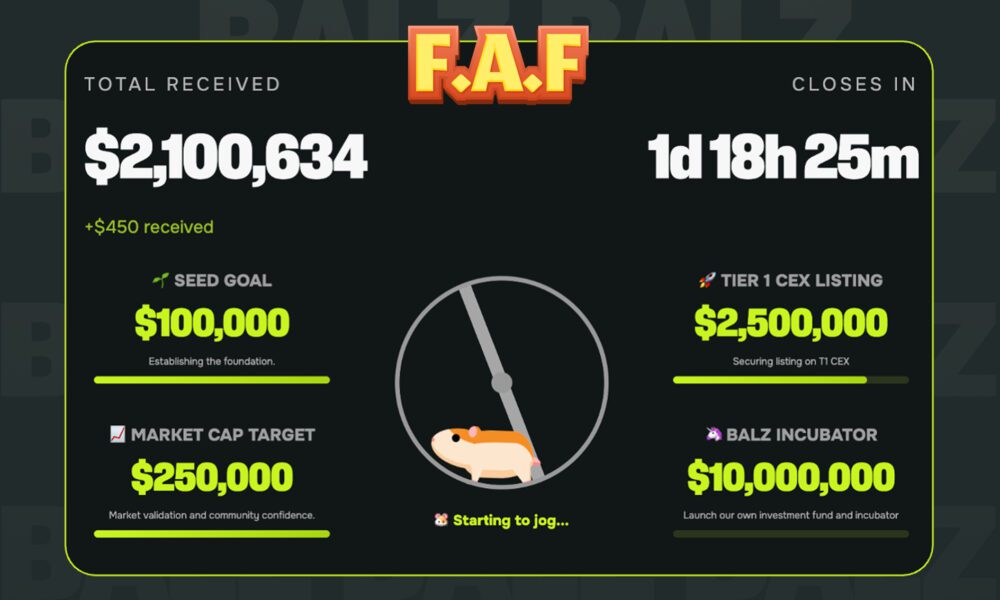What is a Split Shank Engagement Ring?
Understanding the Split Shank Design
Split shank engagement rings are distinguished by their characteristic style of band that has a shank that splits into two or more strands as it approaches the middle setting. This type of sophisticated design allows for intricacy and elegance as it highlights the setting stone or gemstone. Additionally, split shank rings are quite flexible and can be found in a multitude of styles ranging from minimalist to more elaborate and intricate designs.
View our blog, Discover the Elegance of Split Shank Engagement Rings – JESCOJES for more details
In what way does the split style improve an engagement ring?
The split shank style improves an engagement ring by enhancing the overall design with some form of additional detail and dimension. Noticeably, the separation of the shank guides the attention of the observer to the centerpiece while letting the main gemstone take center stage. Also, the split design gives an illusion of width which enables the ring to appear more substantial while having minimal weight. For designs with pavé diamonds as the main ornament, the split shank allows for more dazzling surface area.
Split Shank Ring: Understanding The Benefits
The split shank engagement ring has some unique advantages, appealing to practicality and beauty:
Sophisticated Design: The split band style affords a look that is more refined when compared to a single shank ring.
Adaptability: Definitively, split shank styles have the ability to accommodate various shapes and sizes of diamonds making them ideal for customization.
Enhanced Detail: The split affords more space which can be used for more elaborate designs, including accent stones or filigree.
Better Distribution: The shape of the split shank gives the ring a better weight distribution making the ring easier and more comfortable to wear for long periods.
With these factors in mind, a split shank engagement ring is a practical choice for an eye-catching piece that is elegant, timeless, and can be tailored to fit a variety of preferences.
How to Select the Perfect Diamond for Your Split Shank Ring
Choosing the Right Cut, Diamond, and Carat Weight
When deciding on the split shank engagement ring design, carat weight, and diamond cut selection is some of the most important decisions due to its impact on the value and appearance of the ring. The Round Brilliant, Princess, and Oval cuts are favored due to their ability to maximize the beauty of the diamond and the elegant architecture of the split shank diamond rings. For those more interested in a dramatic statement, Emerald or Pear cuts provide a distinctive aesthetic that enhances the character of the ring. Personal preference and price range largely dictate the selection in carat weight; A larger carat weight certainly makes a bolder statement, but smaller delicately crafted and intricately detailed diamonds can provide equal stunning visual impact.
Choosing Between Gemstones and Natural Diamonds
It is crucial to consider the advantages of natural diamonds in comparison to other gemstones when selecting a center stone. Natural diamonds are considered to be the best due to their unmatched hardness, beauty, and traditional sentimental meaning. On the other hand, sapphires, emeralds, and morganites boast vivid colors and beautiful contrasts which can make the ring more beautiful. Furthermore, lab-created diamonds offer an ethical and environmentally friendly option while having the same physical and chemical characteristics as native diamonds. All options must be evaluated in terms of environmental impact, budgetary constraints, and visual appeal.
Emeralds, Sapphires and Other Colored Center Stones For Split Designs
Split shank engagement rings are designed to frame a variety of center stone options, providing flexibility in choice. Diamond solitaire form an elegant option, allowing the engagement ring to remain timeless and sophisticated while highlighting the shank’s detailed craft. Halo and three-stone designs, on the other hand, add interest by giving depth and dimension. Split shank settings look amazing with nontraditional center stones like other colored gemstones or fancy-colored diamonds, adding a twist to a traditional design. As with any other ring design, the choice of center stone should also go well with the overall design in terms of shape and meaning.
What Makes a Halo or Hidden Halo Complement a Split Shank?
Why a Split Shank Halo Engagement Ring Is a Popular Choice
The split shank halo engagement rings use a unique blend of elegance and detail which captures the attention of the viewer. The split shank design is sophisticated as well as open and draws the attention of the viewer towards the center stone. This style paired with a halo setting increases the size of the center stone as well as adds additional shine to it. This makes these rings a suitable choice for people who want to achieve a luxurious sophisticated look. People can now express their unique selves as these rings give ample opportunities to customize the stone shape, metal type, and personal preferences because of the split shank and halo design.
Creating a Sparkly Hidden Halo
The subtle sparkle of a hidden halo takes the modern ring design to the next level. Unlike a traditional halo setting, a hidden halo is concealed by the center stone; located beneath the center stone, a hidden halo captures light like a mirror, providing an exquisite depth of sparkle. This level of detail is enhanced with a split shank while maintaining the structural integrity of the ring. Attention to detail in craftsmanship is essential in creating a hidden halo because accent diamonds need to be perfectly positioned and securely set to maintain their sparkle. The result is an extraordinary design that is ideal for anyone who wants elegance and creativity blended into one engagement ring.
How Do I Match Wedding Bands with Split Shank Engagement Rings?
There are several steps that need essential attention when matching wedding bands with split-shank engagement rings to make sure the entire pair is visually appealing. The curvature and design of the wedding band should complement the split shank’s structure to ensure a comfortable and seamless fit. With subtle contours and slight curves, bands often pair well with split shank rings as they are able to hug the engagement ring without leaving gaps.
When looking into various metals, split shank engagement rings may be paired with white gold, yellow gold and rose gold for different visual results. Sleek, modern white gold beautifully complements minimalist or intricate designs. On the other hand, yellow gold adds warmth and exudes classic charm. Rose golds softer, romantic tone makes it well suited for a contemporary refined look. Those wishing to add personalization to their bridal set may also mix metals to create a contrasting design.
The detail parameters and proportions of the wedding band and the engagement ring along with the metal finish and the stone setting need to be balanced to create a coherent design. A jeweler can help in blending your preferences with the perfect details to enhance the design.
Why Consider Three-Stone or Solitaire Engagement Rings?
Solitaire engagement rings featuring a split shank design have achieved enduring popularity due to their effortless beauty and simplicity which allows the center stone to shine. Moreover, the split shank adds a distinct architectural element and increases the perceived size of the gemstone, enhancing the perceived size of the centerpiece even more. This is an exquisite design for those who value fine design and lavishness while appreciating understated elegance.
In contrast, three-stone engagement rings add character, depth, and meaning to the jewelry as they often stand to represent the past, present, and future of a relationship. When paired with a split shank, these settings form a rhythmically balanced composition that maximizes the sides stones’ and the center stones’ interplay. The additional gemstones allow for further personalization of the ring by featuring different cuts, colors, or contrasting shapes. Be it a classic solitaire or the multi-faceted splendor of the three-stone settings, both designs offer great ways to enhance the engagement ring’s features while honoring personal tastes and preferences.



































